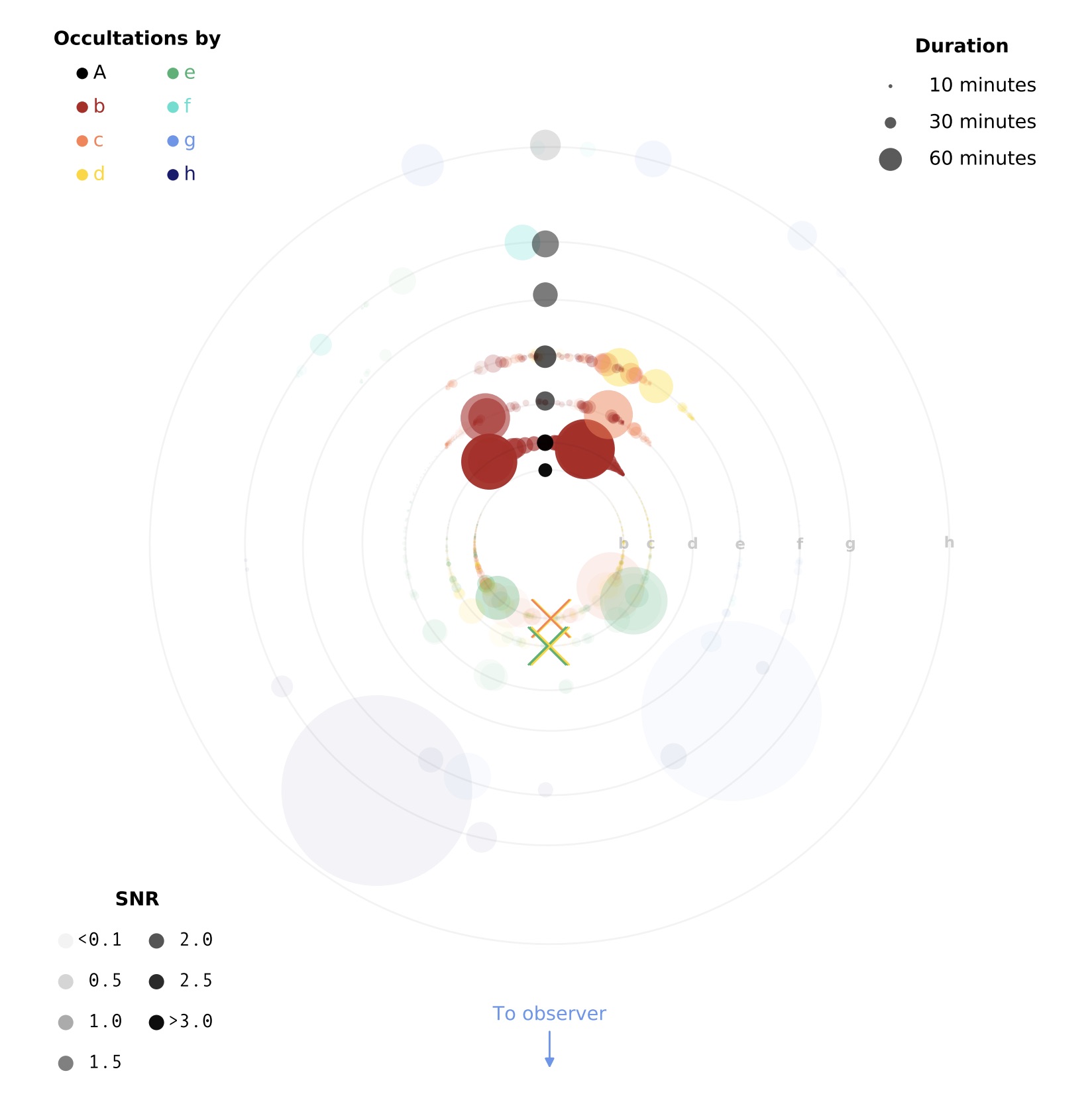planetplanet is an open-source code for predicting and modeling planet-planet occultations, as well as transit and secondary eclipse light curves, phase curves, mutual transits, and more. In my 2017 paper (link below), I showed how planet-planet occultations are extremely common among the TRAPPIST-1 planets: on average, there is about one such occultation per (Earth) day(!) This happens because the TRAPPIST-1 system is extremely coplanar, and viewed almost perfectly edge-on from Earth. Most of these occultations are too brief and don't produce a detectable signal, but some occultations between planets b and c could be detectable with JWST and other upcoming telescopes. Check out the links at the top for the paper, the code, and the documentation.
